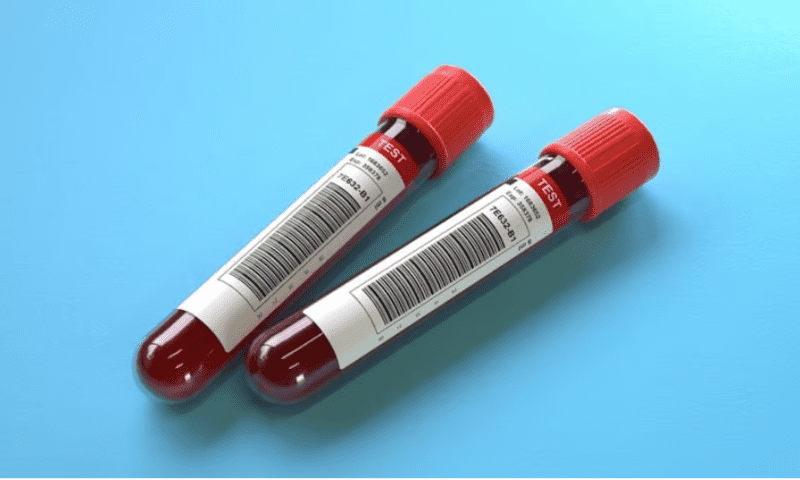Novartis will no longer develop an ex vivo sickle cell disease program that was part of an older deal with Intellia, and the gene editing biotech’s CEO John Leonard, M.D., thinks he knows why.
“We’ve always believed that the future lies with the in vivo approaches, and that’s been a focus of the work that we do,” Leonard said. “I’m sure they looked at the ex vivo space and may have had some of the same realizations that we had some years ago.”
Leonard, of course, said he wasn’t completely sure why Novartis opted to cut the program, but noted that the Big Pharma is undergoing a broad pipeline reorganization. Novartis confirmed just that in an emailed statement to Fierce Biotech, saying that the program was discontinued for strategic reasons. The overall partnership with Intellia remains intact, however, the spokesperson said.
Intellia announced in its fourth-quarter earnings report Thursday that the Swiss pharma ended development of OTQ923/HIX763 this month. The therapy uses autologous, ex vivo, CRISPR-edited hematopoietic stem cells to target fetal hemoglobin for treating sickle cell disease. Novartis initiated dosing on a phase 1/2 trial for the Intellia-partnered program in 2021.
Leonard said Intellia didn’t have a lot of involvement in the program anyway, besides providing reagents “some years ago.”
Ex vivo therapies are when cells are removed from the body, altered and returned. These treatments, such as Gilead Sciences’ Tecartus, are primarily used for blood disorders or cancers, specifically leukemia and lymphoma. They are onerous and time-consuming to make, and the manufacturing capabilities aren’t available everywhere.
In vivo therapies are simpler as they insert new genes directly into the body without first extracting cells to be altered. These types of treatments are ideal when a genetic disorder affects one specific gene in the body or one internal organ. Approved examples include lymphoma med Luxturna, developed by Spark Therapeutics (now owned by Roche), or Novartis’ spinal muscular atrophy therapy Zolgensma.
Intellia has both types of candidate in its pipeline, but the in vivo list is longer and more advanced, with NTLA-2001 in transthyretin (ATTR) amyloidosis leading the pack.
Novartis and Intellia have had a cell therapy partnership since January 2015, which was three months after Intellia launched from Atlas Venture and Caribou Biosciences. The agreement was revised in 2018 to expand to ex vivo development of cell therapies using certain ocular stem cells. At that time, Intellia received a $10 million payment, but other financial details of the agreement have not been disclosed. Novartis gained the rights to opt in on one or more programs, while Intellia earned the right to use the pharma’s lipid nanoparticle technology for all genome editing applications in both in vivo and ex vivo settings.
No other programs from the Intellia-Novartis deal have been disclosed, but “other Novartis programs” is listed on Intellia’s pipeline.
Adding weight to Leonard’s assessment about ex vivo versus in vivo is a June 2022 deal the Big Pharma executed with Precision BioSciences for a sickle cell disease and beta thalassemia treatment. Novartis said at the time that the goal was to develop a simpler, off-the-shelf treatment. The company also has an agreement with the Bill & Melinda Gates Foundation to develop an accessible in vivo sickle cell gene therapy.
As for sickle cell altogether, Leonard is bullish that a cure will soon be available. Vertex Therapeutics and CRISPR Therapeutics’ CRISPR-based gene editing therapy exagamglogene autotemcel, or exa-cel, is being filed on a rolling basis with the FDA with the submission expected to finish up in March.
With that advanced market access, some peers have pulled back. The field is crowded with entrants from Editas Medicine, Beam Therapeutics and bluebird bio among the fray. Yesterday, Graphite Bio announced its sickle cell treatment, nulabeglogene autogedtemcel, or nula-cel, would be shelved after the first patient dosed experienced an adverse event.
“I think what we’ve seen is that sickle cell is curable. I mean, that question in our judgment has been answered,” Leonard said. “And I think that’s great news for patients.”
Intellia received a grant in 2020 to develop a curative sickle cell treatment using CRISPR/Cas9 from the Gates Foundation. The company has not yet revealed its approach to the disease, but Leonard once again underscored the company’s focus on in vivo applications. He said the goal is to avoid bone marrow transplants that can come with significant complications and even death.
“From our perspective, based on what we’ve seen, that space is wide open, and now we intend to get there first,” Leonard said.

